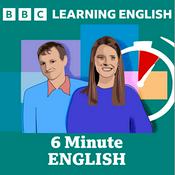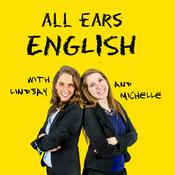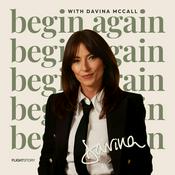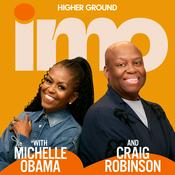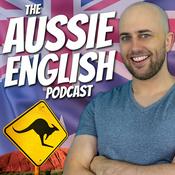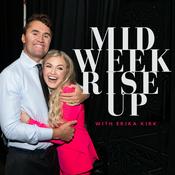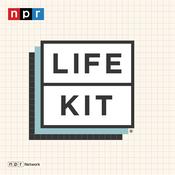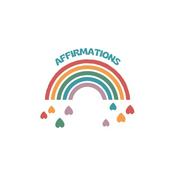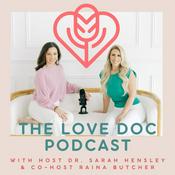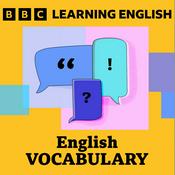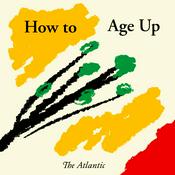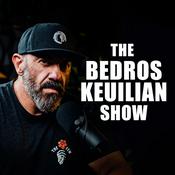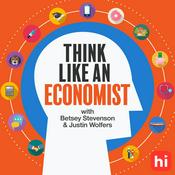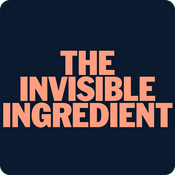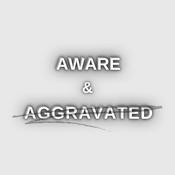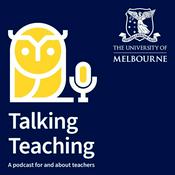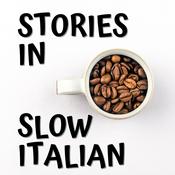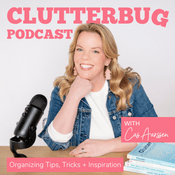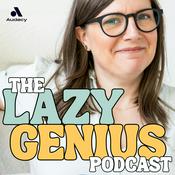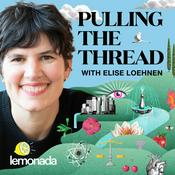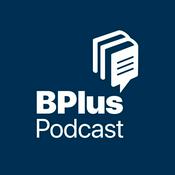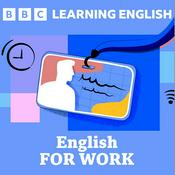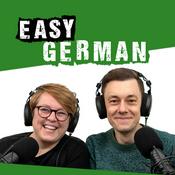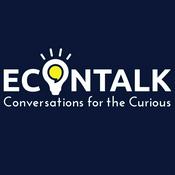Available Episodes
5 of 324
- Making Sentences Make Sense with Nancy Hennessy and Julia SalamoneEpisode 241Nancy Hennessy and Julia Salamone discuss the often-overlooked topic of syntax and its critical role in reading comprehension. With Melissa & Lori, they discuss the architecture of sentences, the importance of understanding parts of speech, and the interconnectedness of syntax and meaning. The conversation highlights effective teaching strategies, the challenges posed by complex sentences, and the necessity of integrating background knowledge for comprehension. Nancy and Julia share practical instructional moves, emphasizing the need for explicit instruction and cognitive preparation to enhance students' understanding of sentence structures.TakeawaysSyntax is the architecture of a sentence. It is essential for understanding sentence structure and meaning.Explicit instruction is necessary for effective learning of syntax.Teaching grammar needs to focus on meaning, not just labeling.Engaging students with authentic texts improves comprehension.Integrating background knowledge is crucial for comprehension.Resources Tips & Tools: Sentences (resource sheet) We answer your questions about teaching reading in The Literacy 50-A Q&A Handbook for Teachers: Real-World Answers to Questions About Reading That Keep You Up at Night.Grab free resources and episode alerts! Sign up for our email list at literacypodcast.com.Join our community on Facebook, and follow us on Instagram, Facebook, & Twitter.--------56:24
- Placing Text at the Center of the Primary Classroom with Meghan HeinEpisode 240Primary teacher Meghan Hein shares how she keeps the text front and center of learning. She discusses the shift from a skills-based focus to an approach where meaning-making drives instruction. The conversation highlights practical strategies for teachers to build knowledge through texts and create a more authentic learning experience. Meghan's insights reflect a commitment to continuous learning and adapting teaching practices to better serve students' needs.✨ You’ll definitely want to listen to the podcast that inspired this conversation! Episode 37 with Sue Pimentel and Meredith Liben dives into their article Placing Text at the Center of the Standards-Aligned ELA Classroom.TakeawaysShifting from skill-based to meaning-making instruction is crucial.Building knowledge through texts is essential for comprehension.Teachers must empower themselves through continuous learning.Curriculum should support, not dictate, teaching practices.Understanding the intent behind texts enriches the learning experience.Interleaving skills and content enhances understanding.Students thrive when they connect learning to real-world contexts.Resources Refreshed Companion Episode with Meredith Liben & Sue Pimentel (podcast)Placing Text at the Center of the Standards-Aligned ELA Classroom (article) Teacher Meghan Hein on Instagram (you might know her as always more to learn!) We answer your questions about teaching reading in The Literacy 50-A Q&A Handbook for Teachers: Real-World Answers to Questions About Reading That Keep You Up at Night.Grab free resources and episode alerts! Sign up for our email list at literacypodcast.com.Join our community on Facebook, and follow us on Instagram, Facebook, & Twitter.--------40:00
- [Listen Again] Placing Text at the Center of the ELA Classroom (Updated)Episode 37 The article Placing Text at the Center of the Standards-Aligned ELA Classroom is a must-read — before or after you listen to this episode!Meredith Liben and Sue Pimentel join us to unpack the true intentions behind the Common Core State Standards and how they’ve sometimes been misinterpreted in practice. They share what they’ve observed in classrooms and schools — both when high-quality instructional materials (HQIM) are in place and when they’re not.We also ask them some tough (and important!) questions:What does this mean for assessment, especially “data-driven” instruction?What are better ways to assess and track student progress?Meredith and Sue are smart, funny, and incredibly relatable — you’ll love this conversation. It’s truly a must-listen episode!📖 Read the article that inspired this episode: Placing Text at the Center of the Standards-Aligned ELA ClassroomIntroduction to Poetry - Billy Collins poem Meredith mentions Placing Text at the Center of the Standards-Aligned ELA Classroom We answer your questions about teaching reading in The Literacy 50-A Q&A Handbook for Teachers: Real-World Answers to Questions About Reading That Keep You Up at Night.Grab free resources and episode alerts! Sign up for our email list at literacypodcast.com.Join our community on Facebook, and follow us on Instagram, Facebook, & Twitter.--------59:19
- Helping Students Read Entire Books with Doug Lemov, Colleen Driggs, and Erica WoolwayEpisode 239 Experts Doug Lemov, Colleen Driggs, and Erica Woolway join Melissa & Lori to tackle one of the biggest questions in teaching today: What happened to reading whole books in school? From the pull of digital distractions to the rise of skill-focused instruction, they explore why diving into full texts matters more than ever. You’ll hear inspiring ideas for making books come alive in the classroom, the magic of read-alouds, and the power of close reading. Plus, each guest reveals their favorite book to teach. Reading entire books ignites curiosity, builds stamina, and so much more.ResourcesThe Teach Like A Champion Guide to the Science of Reading (book)Teach Like A Champion (Website - Resources, Workshops, Blogs, & More!)Close Reading: Uncover Deeper Meaning (blog)The Indispensable Power of [Full] Books (blog)Melissa & Lori Podcast Knowledge & Comprehension (Daniel Willingham & Barbara Davidson) We answer your questions about teaching reading in The Literacy 50-A Q&A Handbook for Teachers: Real-World Answers to Questions About Reading That Keep You Up at Night.Grab free resources and episode alerts! Sign up for our email list at literacypodcast.com.Join our community on Facebook, and follow us on Instagram, Facebook, & Twitter.--------53:47
- Why Morphology Matters for Word Reading and More with Melissa Orkin and Alex OsburnEpisode 238 What if the “secret sauce” to reading big words isn’t just syllables, but also morphemes? In this episode, Melissa Orkin and Alex Osburn share why morphology is essential, especially in grades 3–6, and how it bridges word reading, vocabulary, and comprehension.They dig into practical strategies for teaching morphology, from explicit routines to vocabulary activities like the Frayer model, and show how to weave it all into real texts so students connect meaning to print in powerful ways. You’ll hear how morphology instruction can be integrated with content areas, supported by oral language practice, and used to spark stronger engagement and deeper learning.Resources MentionedVideo of the Lesson highlighted in the episode. From Morphology Anthology: Volume 3, Lesson 3: The Secret Lives of Rainforest Insects.Book: The Structured Literacy Playbook: Preplanned Lessons for Building Phonics and Fluency Skills We answer your questions about teaching reading in The Literacy 50-A Q&A Handbook for Teachers: Real-World Answers to Questions About Reading That Keep You Up at Night.Grab free resources and episode alerts! Sign up for our email list at literacypodcast.com.Join our community on Facebook, and follow us on Instagram, Facebook, & Twitter.--------1:09:42
More Education podcasts
Trending Education podcasts
About Melissa & Lori Love Literacy ®
Melissa & Lori Love Literacy® is a podcast for teachers. The hosts are your classroom-next-door teacher friends turned podcasters learning with you. Episodes feature top literacy experts and teachers who are putting the science of reading into practice. Melissa & Lori bridge the gap between the latest research and your day-to-day teaching.
Podcast websiteListen to Melissa & Lori Love Literacy ®, The Daily Stoic and many other podcasts from around the world with the radio.net app
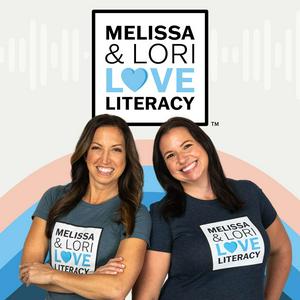
Get the free radio.net app
- Stations and podcasts to bookmark
- Stream via Wi-Fi or Bluetooth
- Supports Carplay & Android Auto
- Many other app features
Get the free radio.net app
- Stations and podcasts to bookmark
- Stream via Wi-Fi or Bluetooth
- Supports Carplay & Android Auto
- Many other app features


Melissa & Lori Love Literacy ®
Scan code,
download the app,
start listening.
download the app,
start listening.

